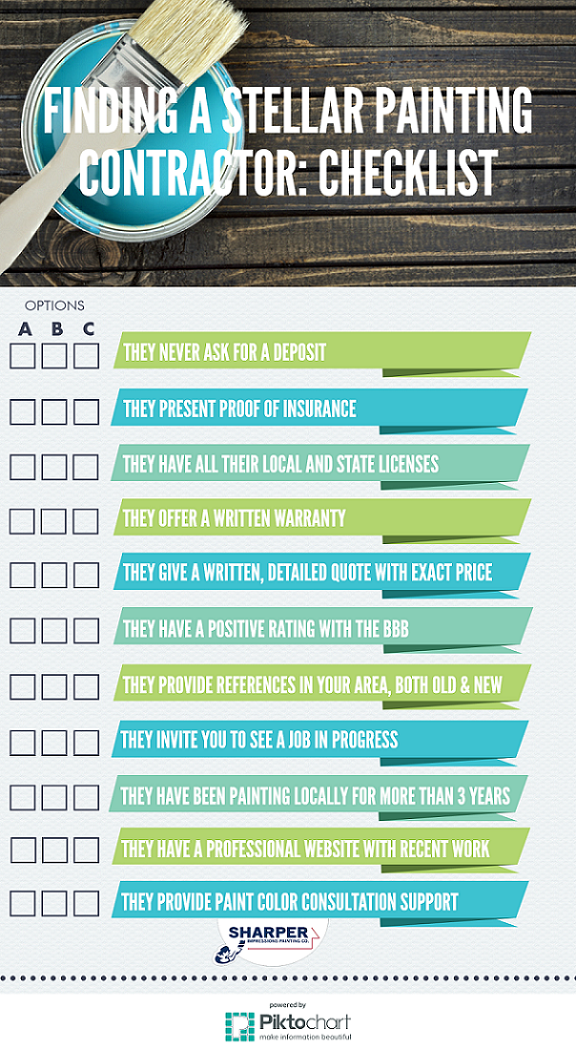Seasonal Factors In Business Exterior Paint: Secret Insights You Ought To Be Aware Of
Seasonal Factors In Business Exterior Paint: Secret Insights You Ought To Be Aware Of
Blog Article
Material Written By-McLamb Celik
When you're intending a business external painting project, seasonal elements can make or break your results. You'll intend to take into consideration exactly how temperature and moisture effect paint application and drying out times. Picking the ideal season can guarantee your paint sticks correctly and lasts much longer. However which seasons are really the most effective for this type of job? Let's discover the crucial elements that can influence your project's success.
The Effect of Temperature Level on Paint Application
When you're preparing an industrial exterior paint project, the temperature level can substantially impact exactly how well the paint adheres and dries.
Preferably, ok painting want to repaint when temperature levels range between 50 ° F and 85 ° F. If it's also cold, the paint might not treat correctly, bring about problems like peeling or fracturing.
On the other hand, if it's also warm, the paint can dry also rapidly, stopping proper adhesion and leading to an unequal surface.
You should additionally consider the time of day; morning or late afternoon supplies cooler temperature levels, which can be more beneficial.
Always check the manufacturer's referrals for the details paint you're using, as they commonly offer advice on the optimal temperature array for optimal outcomes.
Moisture and Its Effect on Drying Times
Temperature isn't the only ecological element that affects your industrial external painting job; moisture plays a considerable duty as well. High moisture levels can reduce drying out times significantly, impacting the general high quality of your paint job.
When the air is filled with wetness, the paint takes longer to treat, which can result in problems like poor bond and a higher threat of mold development. If you're repainting on an especially damp day, be planned for extended wait times in between layers.
It's critical to monitor local weather and strategy appropriately. Preferably, commercial deck paint for humidity degrees between 40% and 70% for optimum drying out.
Maintaining these consider mind guarantees your job stays on track and provides a long lasting finish.
Best Seasons for Commercial Outside Paint Projects
What's the very best season for your industrial exterior painting projects?
Springtime and very early fall are generally your best bets. During these periods, temperature levels are light, and humidity degrees are often reduced, creating optimal conditions for paint application and drying out.
Stay clear of summer's intense heat, which can create paint to dry as well swiftly, causing inadequate bond and surface. Likewise, winter's cold temperatures can prevent appropriate drying out and curing, running the risk of the longevity of your paint task.
Go for days with temperatures in between 50 ° F and 85 ° F for ideal results. Bear in mind to inspect the regional weather report for rainfall, as wet problems can ruin your task.
Preparation around these variables guarantees your painting job runs smoothly and lasts longer.
Conclusion
Finally, intending your commercial external paint projects around seasonal considerations can make a considerable difference in the result. By organizing job throughout the perfect temperature levels and humidity degrees, you'll make sure far better bond and drying times. Keep in mind to watch on local weather prediction and pick the right time of year-- springtime and early loss are your best options. Taking these steps will help you achieve a resilient and expert finish that lasts.
